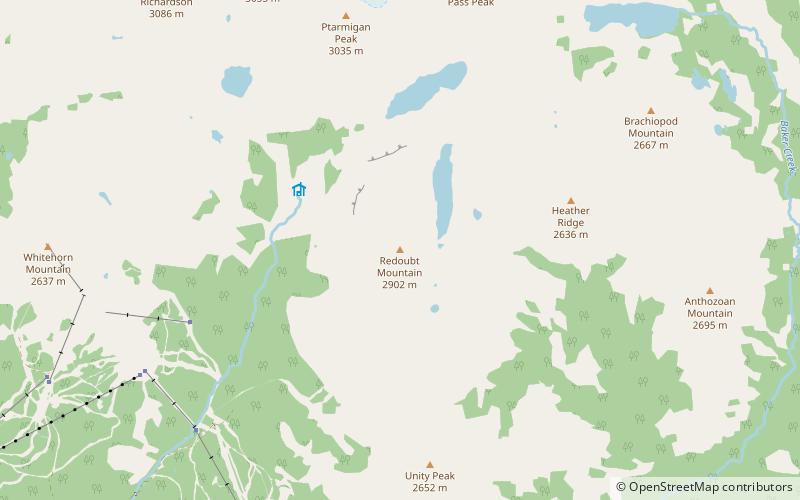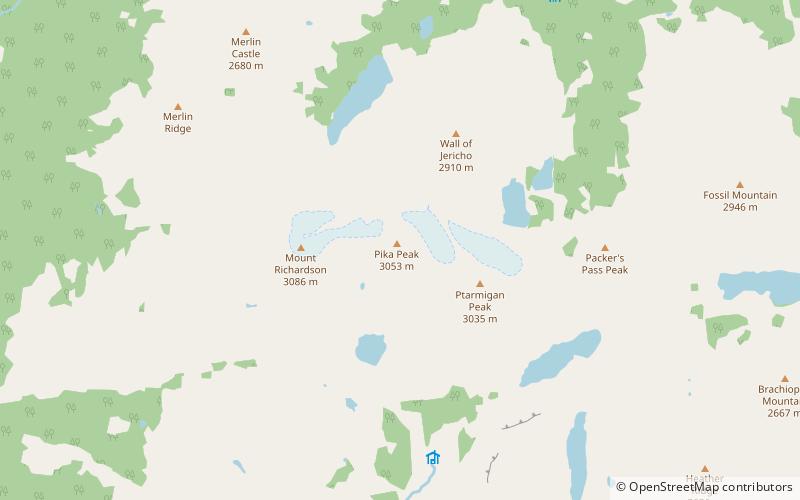Redoubt Mountain, Banff National Park
Map

Map

Facts and practical information
Redoubt Mountain is a mountain located in Banff National Park, in the Canadian Rockies of Alberta, Canada. It forms the southern buttress of Boulder Pass. ()
Alternative names: First ascent: 1906Elevation: 9521 ftProminence: 1870 ftCoordinates: 51°28'2"N, 116°4'52"W
Address
Banff National Park
ContactAdd
Social media
Add
Day trips
Redoubt Mountain – popular in the area (distance from the attraction)
Nearby attractions include: Lake Louise Ski Resort, Skoki Ski Lodge, Lychnis Mountain, Tilted Mountain.











